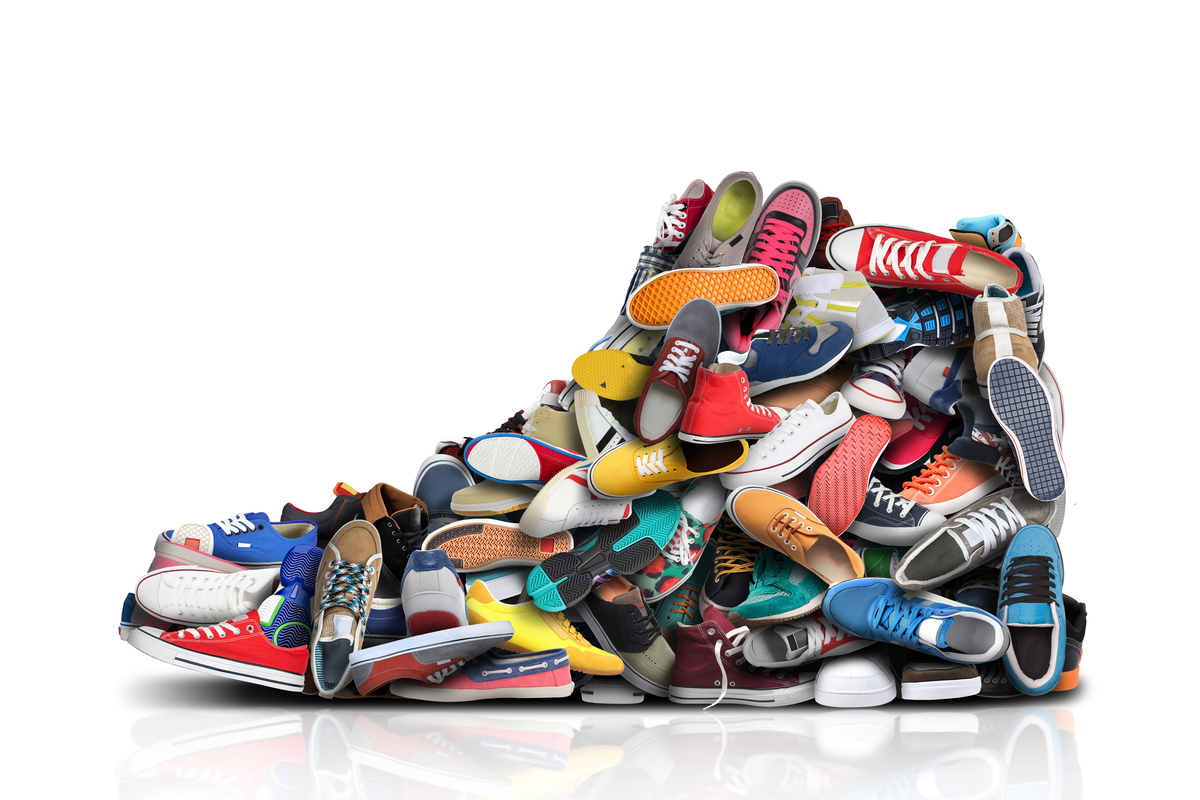“After the 1920s and 1930s, the heyday of silent film and transforming into talkies, there was life going on,” Alrick Brown notes. He teaches his students, “you can’t make films outside of the world. You make films in the world.”
Two world wars happened in that time period. There was filmmaking that happened before World War I and after World War I. And then you have filmmaking that happened after World War II when the world changed a bit. A lot of lives were lost. This has a reflection on society and a reflection on storytelling in Alrick’s opinion.
As societies go through traumatic times, the art also changes and shifts. The Italians, Germans, and other people started looking at their stories and said, “let’s be a little bit more honest, a little bit more truthful, and not do this romantic storytelling that Hollywood is always doing.” Hollywood picked up on that. There were people in Hollywood who said, “yeah, let’s stop romanticizing. Let’s get a little bit darker and a little bit grittier.”
Alrick thinks that Snow White was one of the first color-popping films. Filmmakers had always tried to play around with color and different hues, even in the black and white era, to give a different feel of a film. But 1937 or 1938, when color started becoming this thing, another layer was added, he says.
Alrick thinks that no one can argue that you’re able to capture color now. You’re able to look at real life and think, “what is that real life that you’re going to capture?” But back then, filmmakers had this existential crisis that the world was getting a little darker, but the films were becoming more colorful.
[Please embed: https://unsplash.com/photos/05lgkS2eZRY]

The Impact of Social Media on Sneaker Reselling Success
Explore the transformative role of social media in sneaker reselling, from connecting global buyers and sellers to influencing industry trends. Unlock the power of digital platforms now.



